
-- Issa, Buddhist text describing Jesus (Issa)
Jesus of Nazareth
You might not think so but the historical figure of Jesus is the most controversial of all the great teachers. I must tread softly here because so many of us in the Western culture are, in some way or another, part of the cult of personality that has become Christianity today.
 I need to ask you to separate the stories about Jesus, when he was born, what he did, who he hung out with... from his teachings. There's a problem here that will become obvious as we look at things, but all is not lost. Let's consider the historical Jesus first.
I need to ask you to separate the stories about Jesus, when he was born, what he did, who he hung out with... from his teachings. There's a problem here that will become obvious as we look at things, but all is not lost. Let's consider the historical Jesus first.
About 500 years after Buddha's successful solution to consciousness, a supernatural messenger of the Most High God identified himself as Gabriel appeared to one of Issac's female offspring living among other Jews in territory occupied by the Roman Empire. The messenger announced that she would give birth to the Son of the Most High and that he should be called Jesus.
Not much is known of the early years of Jesus. It was written that he made an announcement at the age of 12 that he should begin to "do my father's work," apparently recognizing his role as revealed in his mother's vision. We don't hear about him again until he is in his early 30s and begins to introduce a new kind of philosophy to the descendants of Issac and Yahweh (i.e. Hebrews) in Palestine.
The active part of his ministry in the region lasted only about two years until he was put to death by crucifixion.
From about the age of 12 to 30, we know very little about Jesus of Nazareth. Where was he for the better part of his life and what was he doing for the missing 18 years?
This question becomes more interesting when we examine the solution to consciousness that Jesus proposed and examine some likely scenarios.
Was Jesus in India?
As Europeans began to explore the remote regions of Asia in the 19th Century, interest was stimulated in Hindu and Buddhist philosophies. Many people began to see the similarities in the teachings of Buddha and Jesus and were curious about the origins of both.
In 1887 a Russian writer, Notovich, while traveling in Kashmir (India), claimed to have discovered historical records in a Buddhist monastery of a visit from a young man who claimed to have been from the mid-East. Called "Issa", he was both interested in and adept at various Buddhist practices and philosophies.
When Notovich published his findings they caused an uproar among the Christian community, who viewed Buddhism as a kind of godless, pagan cult. In the years following the report several trips were made to discredit the facts as a hoax.
In his defense, Notivich encouraged a scientific expedition to prove the original Tibetan documents existed.
One of his skeptics was Swami Abhedananda. Abhedananda journeyed into the Himalayas, determined to find a copy of the Himis manuscript or to expose the fraud. His book of travels, entitled Kashmir O Tibetti, tells of a visit to the Himis gonpa and includes a Bengali translation of two hundred twenty-four verses essentially the same as the Notovitch text. Abhedananda was thereby convinced of the authenticity of the Issa legend. The lost years of Jesus by Notovich can be read here. Below are some of the translated texts:
If you are just now hearing about this then you owe it to yourself to explore these recent discoveries.Issa said that man had filled the temples with his abominations. In order to pay homage to metals and stones, man sacrificed his fellows in whom dwells a spark of the Supreme Spirit. Man demeans those who labor by the sweat of their brows, in order to gain the good will of the sluggard who sits at the lavishly set board. But they who deprive their brothers of the common blessing shall be themselves stripped of it...
Issa bade them "Worship not the idols. Do not consider yourself first. Do not humiliate your neighbor. Help the poor. Sustain the feeble. Do evil to no one. Do not covet that which you do not possess and which is possessed by others." ...
"Well, perform for us a miracle," demanded the servitors of the Temple. Then Issa replied to them: "Miracles made their appearance from the very day when the world was created. He who cannot behold them is deprived of the greatest gift of life. But woe to you, enemies of men, woe unto you, if you await that He should attest his power by miracle." Issa taught that men should not strive to behold the Eternal Spirit with one's own eyes but to feel it with the heart, and to become a pure and worthy soul...
"Not only shall you not make human offerings, but you must not slaughter animals, because all is given for the use of man. Do not steal the goods of others, because that would be usurpation from your near one. Do not cheat, that you may in turn not be cheated .... [source]
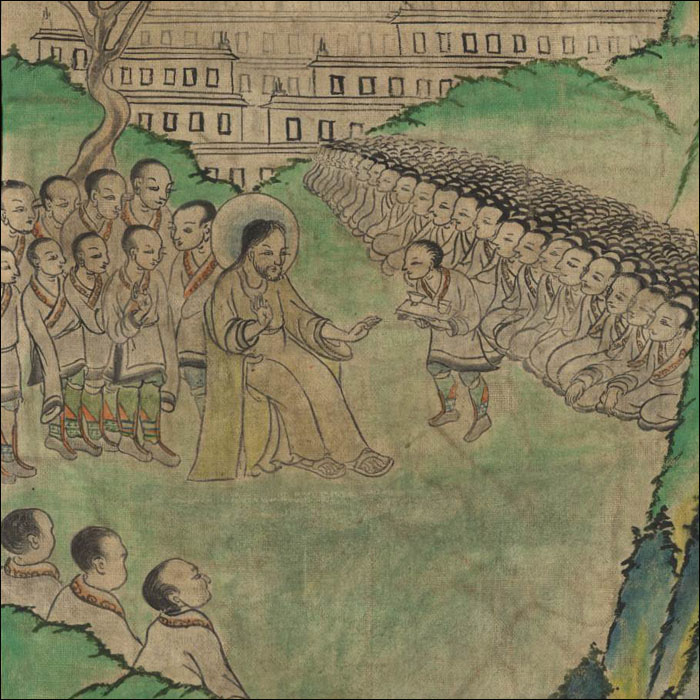
Above -- Ancient Buddhist tapestry depicting Jesus
(shown with scars in hands, feeding a multitude).
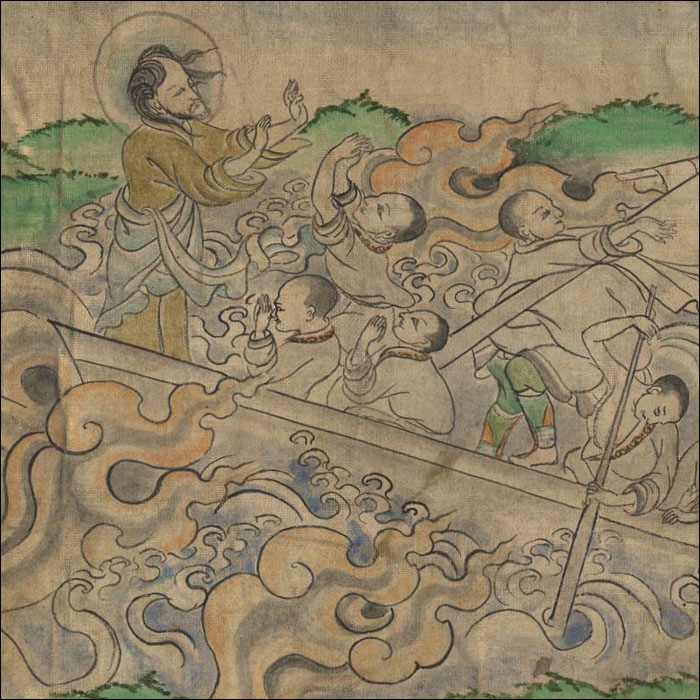
Above -- Tapestry showing Jesus (called "Issa") calming the waters.
So what?
I mention this here because there is quite a similarity with the actual teachings of Jesus and those of Buddha. I'll get to that in a bit. First, lets get this next part over with so I can tell you something that might not sit well with you.
Have a look at this map [below]. It shows where the teachings of Buddha were thriving when Jesus was alive. Because Buddhism evolved from Hinduism, the appeal to cultures around the Mediterranean was nil. Instead, the Roman Empire had its own deity and religion that they endorsed. It was called Mithraism and was centered around a "son of god", the "savior" called Mithras.
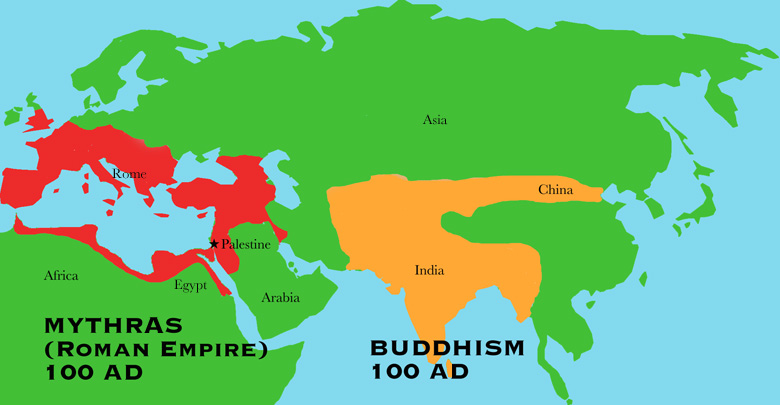
Most historians agree that if Christianity had not been the prevalent religion to survive the Roman Empire it would have been Mithraism.
Paul, the Usurper
In the first century AD, shortly after the death of Jesus, Christians were being persecuted by both the Roman Empire and their fellow Jews. One of the enforcers of this persecution was a Jew who, while familiar with Hebrew and the scriptures, was employed by the Empire to do their dirty work. His name was Saul.
The story goes that Saul witnessed a blinding light and heard the voice of Jesus, following which he became a convert and aggressive supporter of his own version of Christianity.
Saul, who was also known as Paul, modified the history and teachings of Jesus to appeal to the popular legends and myths of Mithras. Bypassing the main teaching of Jesus, concerning compassion and liberation of mind, Paul incorporated the ideals of Mithraism and put emphasis on the life of Jesus and on those attributes which appealed to followers of Mithras.
The story you know today as the life of Jesus (born of a virgin birth in a manger, visited by three wise men, betrayed and crucified but resurrected from death and ascended to heaven) is all borrowed from Mithras.
This is really kind of sad when you think of it. The emphasis of Paul's style of Christianity -- what we have today -- is on the personality of Jesus at the expense of implementing his solution to consciousness.
Christianity has become a religion about Jesus instead of the religion of Jesus.
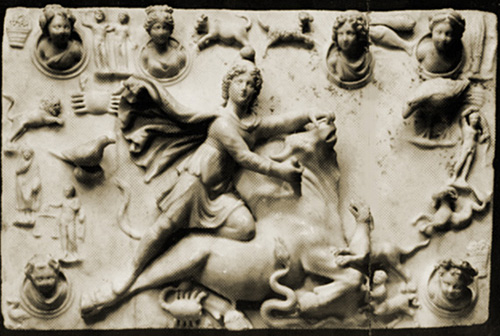 Mithras and Jesus Because it was veiled in secrecy and riddled with symbolism, archeologists know just the fundamentals of Mithraism. In the places of worship, usually underground or in caves, secret rituals were carried out, including feasts to remember the "last supper" of Mithras. The temples were usually adorned with reliefs or tiles depicting Mithras cutting the throat of a large bull. There are also other figures in the drama and the whole event is seen as representing the change of astronomic constellations from Taurus (bull) to Aries (ram), although the exact significance still is unknown. Mithras was the god that brought rebirth and escape from death. Rome was the cultural center of Mithraism and there were once hundreds of temples within the city as well as many more hundreds in the surrounding Roman Empire. Mithraism was familiar to both metropolitan and urban citizens. Mithraism is thought to have originated in Iran (Persia) and its early appearance in the Roman Empire changed as the Roman culture used Mithraism much as a social club and an excuse for lavish "last supper" banquets, often with some opportunities to have other carnal enjoyment. Here are some accepted facts based on tests of Mithras: 1) Hundreds of years before Jesus, according to the Mithraic religion, three Wise Men of Persia came to visit the baby savior-god Mithra, bring him gifts of gold, myrrh and frankincense. 2) Mithra was born on December 25; "... it was the winter solstice celebrated by ancients as the birthday of Mithraism's sun god'". 3) According to Mithraism, before Mithra died on a cross, he celebrated a "Last Supper" with his twelve disciples, who represented the twelve signs of the zodiac. 4) After the death of Mithra, his body was laid to rest in a rock tomb. 5) Mithra ascended into heaven during the spring (Passover) equinox (the time when the sun crosses the equator making night and day of equal length for three days before it begins to return or "rise again" in the Northern Hemisphere). 6) Mithra had a celibate priesthood. 7) Ceremonies in Mithraism involved the eating of the bull's flesh and blood as symbolic of the flesh and blood of Mithras. By doing this, believers would gain life after death. If there were no bull to eat they often substituted other meat or fish along with bread and wine. There were also seven "sacraments" of which a believer could partake. While these are depicted in symbols on the temple walls, their exact significance remains a mystery.
As Paul's brand of Christianity spread through the Roman Empire on the back of Mithras, many churches were built on the same spots as the temples of Mithraism. In fact, the Vatican was built atop a former Mithraic temple. [source] Because Mithras was the Sun god he was often depicted with rays coming from his head or a with a glowing halo. Christianity also borrowed this artistic treatment when asserting the god-status of Jesus in early Christian art.
|
I won't linger on the dubious history that we know as the life of Jesus. If you are open minded, you can do the research yourself. It's all there. Here is a viewzone story with more details.
So what did Jesus teach?
I want to discuss the solution that Jesus of Nazareth offered to the problem of consciousness.
I see that I have written too much for this page already. So let me start fresh and get this posted. Please don't hate the messenger and do your own research and make your own decisions. Now I am feeling some pain so I have to stop for some medicine. Rainy days are the worse and I live in beautiful (but wet) Oregon. (later)
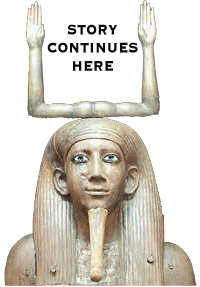
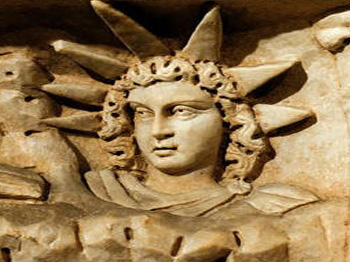 Frequent texts that have been discovered refer to "salvation through the shedding of blood", possibly the blood of the bull, and references to Mithras as the Son of God and the Savior of mankind.
Frequent texts that have been discovered refer to "salvation through the shedding of blood", possibly the blood of the bull, and references to Mithras as the Son of God and the Savior of mankind.